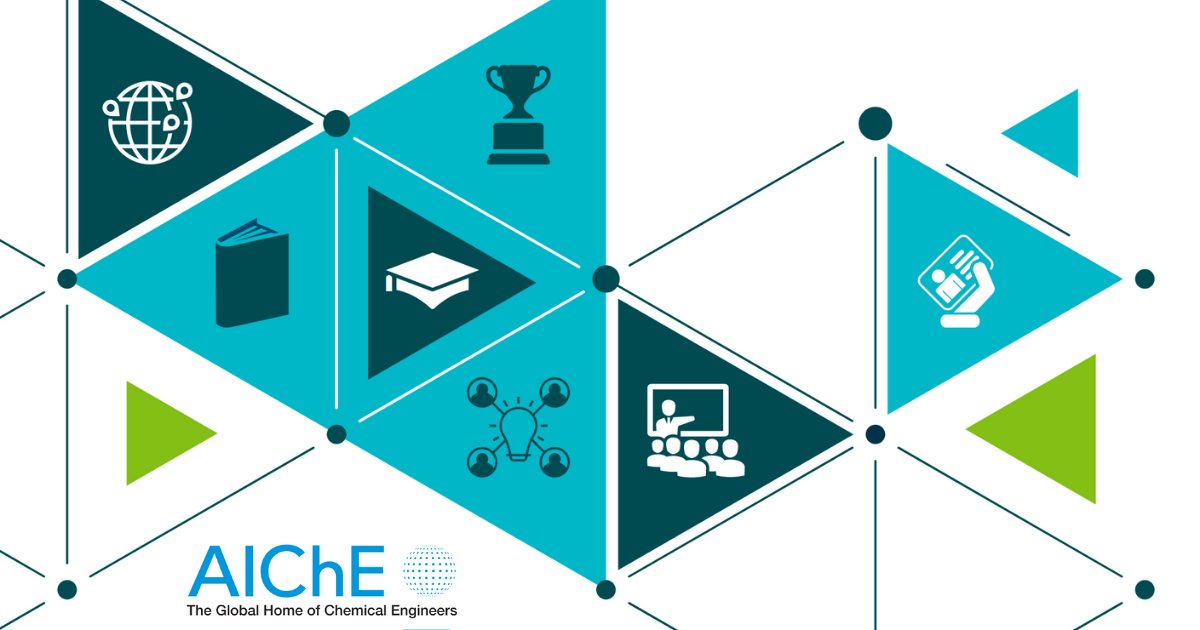
The future of weight loss and wellness represents a major opportunity for chemical engineers.
You’ve likely heard of the new class of wonder drugs that have gained massive popularity over the past five years. GLP-1 drugs — i.e., glucagon-like peptide-1 receptor agonists — like semaglutide, dulaglutide, and tirzepatide (with brand names Ozempic, Trulicity, and Mounjaro) are highly effective at reducing blood sugar and supporting significant weight loss. According to the U.S. Centers for Disease Control and Prevention (CDC), more than one in four U.S. adults with diabetes used one of these drugs last year.
Although GLP-1 drugs started as Type 2 diabetes drugs, they are transforming into multipurpose therapies with wide-ranging impacts. For example, the U.S. Food and Drug Administration (FDA) has approved these medications for treating sleep apnea and lowering the risk of heart attack and stroke in obese patients. Like many medications, they have adverse effects — the most common of which are gastrointestinal in nature. But in most cases, the benefits of significant weight loss outweigh these side effects for patients.
The majority of GLP-1s on the market today are injectable formulations requiring cold-chain distribution. Next-gen GLP-1 drugs will include oral tablets for weight loss — reducing the need for consistent refrigeration and further widening the patient base for these drugs. Drug makers are racing to launch the first weight-loss pill — several candidates are currently undergoing clinical trials.
In addition to being a medical breakthrough, GLP-1s are a chemical engineering challenge and opportunity. GLP-1 drugs require specialized synthesis and purification steps, and scaling up manufacturing will require process intensification, new reactor designs, and optimized purification trains. Their production pushes the limits of pharmaceutical formulation, capacity expansion, and supply-chain management, spawning one of the fastest-growing markets in the world.
To meet demand, like many industries, the pharmaceutical industry is embracing the power of artificial intelligence (AI). In August, Superluminal Medicines — a biotech company specializing in AI-driven drug discovery — announced that it signed a $1.3 billion deal with Eli Lilly that will grant the pharma giant access to its proprietary platform to develop weight-loss drugs. AI and machine learning (ML) are also expected to play a key role in the supply-chain management of pharmaceuticals. The article on pp. 26–31, “Business ML for Predicting Chemical Manufacturing Costs,” overviews how a relatively simple ML algorithm can be harnessed to consider variabilities in raw material prices, energy costs, labor rates, and processing times — giving insight into overall profitability. “The framework provides a blueprint for companies to transition from reactive cost tracking to predictive cost management,” writes the author Prakash Kota.
If you are interested in learning more about the scale-up and commercialization of GLP-1 drugs, check out the featured session at AIChE’s Annual Meeting in November, “Development of a Novel Platform to Deliver Large Volume Synthetic Peptides: The Commercialization of Tirzepatide.” At this session, representatives from Eli Lilly and Company will present the major engineering breakthroughs that drove the development of their dual GIP/GLP-1 receptor agonist.
Want a front-row seat to the future of pharma and large-scale drug development? Join us in Boston for AIChE’s Annual Meeting, Nov. 2–6.
Emily Petruzzelli, Editor-in-Chief

Copyright Permissions
Would you like to reuse content from CEP Magazine? It’s easy to request permission to reuse content. Simply click here to connect instantly to licensing services, where you can choose from a list of options regarding how you would like to reuse the desired content and complete the transaction.
